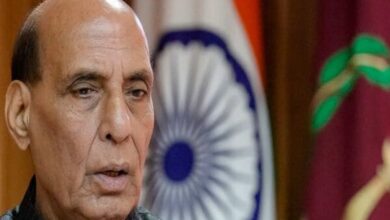Poisoned Promises! How Misleading Food Advertisements are Making India Sick? Demanding Transparency in a World of Junk Food Deception
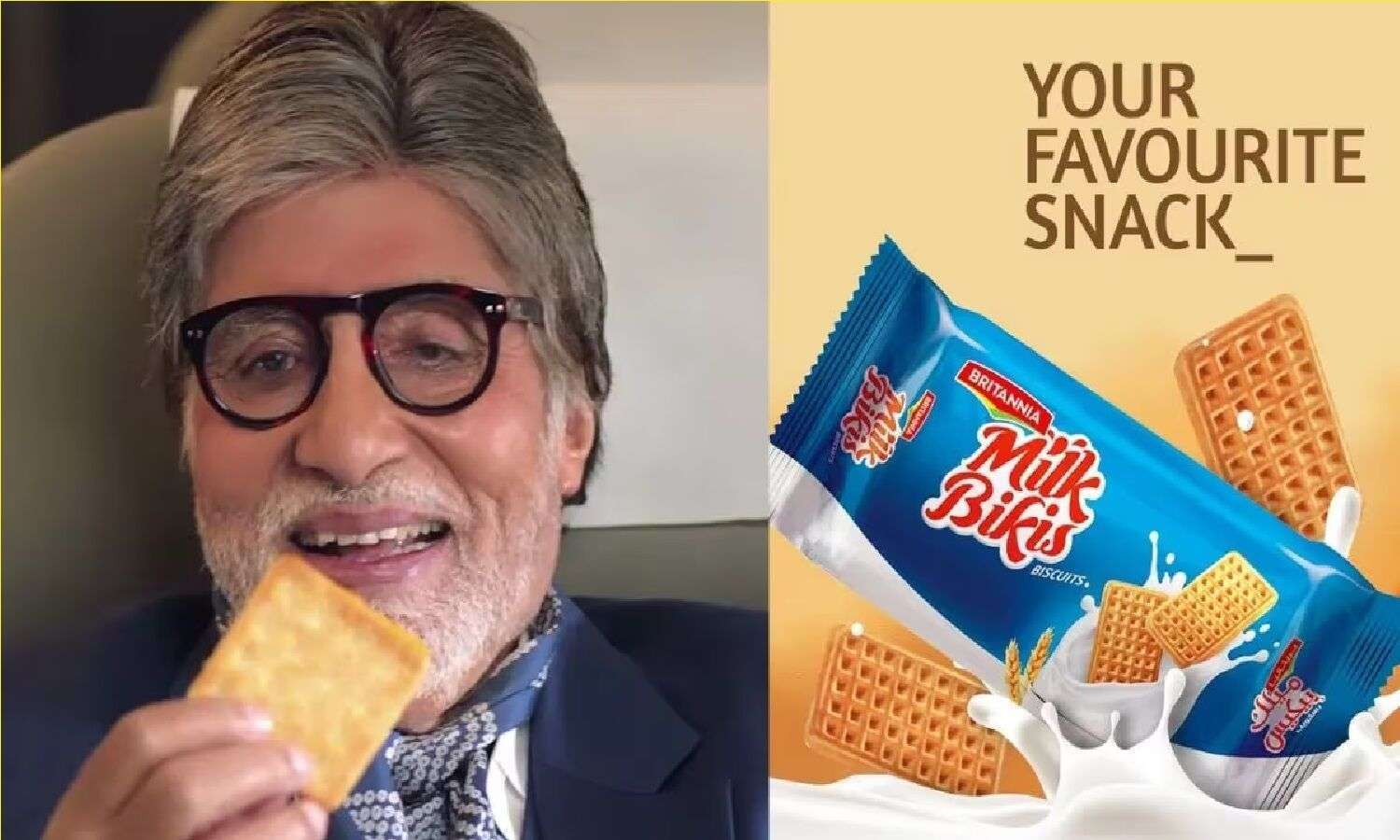
Sugarcoating Sickness. How Junk Food Advertisements Exploit Young Children
What did you say? Do you want to get fair?
Use this cream. You’ll get fair in one week! Guaranteed results
Want to gain endurance?
Drink this tonic; you’ll boost your stamina and also gain height.
Do you want to look younger?
Use this cream, 15 days wrinkles gayab(gone)
These advertisements are everywhere. These are not called advertisements but misleading advertisements. Why?
Because what they claim is far from the truth.
According to a study, 39% of food advertisements in India target general people, and 61% target children. Constant display of these advertisements can lead children to develop a preference for junk foods, leading to an unhealthy diet.
Regarding this, various countries have passed laws in the past.
For example,
In 2008, the U.K. became the first country to ban high-fat, salt and sugar (HFSS) food misleading advertisements that were broadcasted on the channels and seen by children younger than 16 years of age.
Then, in 2021, the U.K. government announced plans for a more comprehensive set of restrictions, including a ban on junk food advertising online and before 9 pm on television, starting in 2023. This new policy is among the most stringent in the world and is expected to significantly reduce over £600 million spent annually on food advertising in the U.K.
Many other countries are also there that have passed regulations in the past to control these misleading ads to be shown to children.

Sweden and Norway
In the early 1990s, Sweden and Norway passed a ban on all advertisements exposed to children during television programming. The rationale behind this bana was to protect children from the negative influence of commercial messages, which were seen as contributing to unhealthy eating habits and increasing obesity in children.
Quebec, Canada
Quebec, Canada, also decided to prohibit food advertising aimed at kids during programs broadcasted in the afternoons on kids’ channels in the early 1990s. The basis for this policy was that kids, especially younger ones, tend to be convinced of basements and lack the ability to distinguish his marketing messages. The goal of the Quebec government was to create an environment healthier for children by limiting the amount of advertising of unhealthy foods.
Chile
In 2016, Chile passed a bundle of laws in its campaign against childhood obesity, including prohibiting food marketing to children. A country introduced a “daytime” restriction on television ads for unhealthy foods and beverages from 6 am to 10 pm.
This was a clear move by the authorities to drastically diminish the amount of promotions that are available for products high in sugar, salt or saturated fat. Scientists demonstrated that after the complete day-time ban was adopted in 2018, children’s exposure to unhealthy food ads on T.V. declined by 73% compared to 2016. Additionally, the law banned marketing food products with cartoon characters and toys to children.

So the question is, Does any similar law exist in India?
The existing laws for advertising junk food in India are insufficient and ineffective in regulating the industry. Public health experts and advocates have repeatedly campaigned for imposing tight legislation that allows the ban of junk food advertisements, more concerned about misleading children and teenagers.
Today’s law and policy institutions are ineffective in stopping most of the false advertising of pre-packaged junk or high-in fat, salt, or sugar (HFSS) foods, banning misleading claims or warning people about the risks to health. The Food Safety Standards Authority (FSSAI) of India’s draft notification on Front of Package Labelling has been pending for over a year. This is proof that there is a need for more strict regulations.
There is a necessity for the amendment of laws under which deceptive ads of junk food can be banned in India. Public health activists with Nutrition Advocacy in Public Interest (NAPi) have drawn attention to the current standards’ inadequacy to change and restrict the prevalence of junk foods pre-packaged ads that are rich in fat, salt or sugar.
Dr. Arun Gupta from NAPi emphasised the need for a clearly worded law to address this issue, as current guidelines cannot stop most misleading advertisements targeting children and adolescents. The call for a ban on junk food advertising reflects concerns about the rising burden of non-communicable diseases linked to unhealthy eating habits promoted by such ads.
These ads frequently use celebrities, emotional appeals, unproven health claims, and pointers to young children who are not given the “most important information” demanded by the Consumer Protection Act 2019, such as the amount of sugar, salt, or saturated fat in a product. Such common but dangerous exceptions like low transparency and liability in the advertising policy among the youth are some of the factors actualizing junk food consumption and the resulting health problems such as obesity and diabetes.
What problems are they causing?
Suppose a company makes an honest advertisement stating all the information their product contains. Like a cold drink advertisement stating that one bottle contains ten spoons of sugar.
Despite knowing all the facts about the product, if the customer chooses to purchase the item, it is very well an ‘informed consent’.
But if you are making claims like, after drinking one sip, you will feel refreshed like never before, or you will be able to climb a mountain, then it is a ‘False Claim’. By making customers visualize that drinking a bottle of cold drink will make them feel better, they will definitely make a delusional decision through the company’s misleading advertisements.
Now the question is,
Has fast food become a health crisis in India?
According to a survey, 93% of children in India consume packaged food, 68% of people consume sweetened beverages at least once a week, and 53% consume sweetened beverages daily.
All this is because of advertising. Television, newspapers and digital news, in total, run over 2 lakh advertisements every day.
There are three ways companies mislead consumers:
- When companies violate a consumer’s Right to Information, companies usually make false claims about their products.
- When companies violate consumers’ right to choice And don’t adequately show on their labels what is present in their products, how will customers find out what to buy?
- The most crucial issue is when companies violate consumers’ right to safety. When companies without any evidence claim that they can treat the consumer’s problems or they can totally prevent the consumer from using their products, then it is a direct question of the safety of the consumers.
Who works for Food Safety in India?
Several bodies work together to ensure proper safety and guidelines regarding food quality and misleading advertisements.
FOOD SAFETY & STANDARDS AUTHORITY OF INDIA (FSSAI)
FSSAI’s objective is to
- set
- Maintain
- and regulate
Food standards all over India. Every food company in India needs an FSSAI licence on their product to ensure the product is tested, has passed the quality checks and is safe to consume according to Indian food safety standards.
THE ADVERTISING STANDARDS COUNCIL OF INDIA (ASCI)
ASCI monitors all the advertisements in India, whether television ads, online ads, or print ads. It ensures that advertisements are safe and are not misleading to the consumers.
- It develops and enforces guidelines for ethical and responsible advertising practices.
- ASCI investigates complaints about misleading, false or unfair advertisements and takes corrective action against violators.
- It aims to promote truthfulness and transparency in advertising to safeguard consumer interests.
MINISTRY OF CONSUMER AFFAIRS, FOOD & PUBLIC DISTRIBUTION
It monitors and ensures consumer protection laws are followed, and it oversees regulations related to packaged food.
- This central government ministry is responsible for formulating and implementing policies related to consumer protection and food distribution.
- It oversees the enforcement of consumer protection laws and regulations.
- The ministry also manages the public distribution system for essential commodities like food grains.
CENTRAL CONSUMER PROTECTION AUTHORITY(CCPA)
CCPA ensures and protects the rights of consumers. It is the body that takes action against misleading advertisements.
- It investigates violations of consumer rights, issues safety notices, and can impose penalties on entities engaged in unfair trade practices or misleading advertisements.
- The authority works to empower consumers and ensure their grievances are addressed effectively.
These bodies together safeguards consumer’s rights and ensures quality of packaged food. They play complementary roles in regulating the food and advertising industries, as well as protecting consumer interests in India through standard-setting, enforcement, and awareness initiatives.
Why India Needs Stricter Food Advertising Rules?
Besides all these laws and governing bodies, there is still a wide gap between them. Until now, India doesn’t have a proper definition of misleading advertisements.
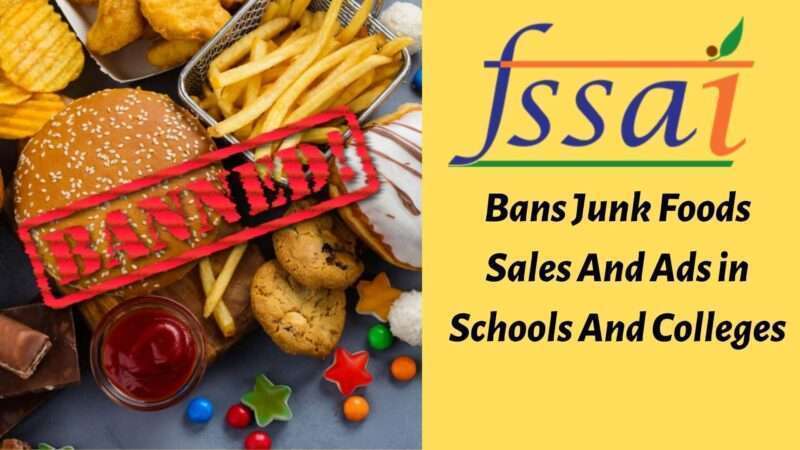
In 2020, FSSAI issued a guideline stating that all the products high in fat, sugar, or salt are categorized as junk food, and their sale or advertisement in school canteens within 50 metres of the campus was banned.
The main problem with the guideline was that it was an entirely voluntary guideline without any strict punishment or penalty. So nobody followed it.
When some companies promote misleading information in their advertisements, stating unrealistic results, and we all know it’s no less than poison to use regularly, why can’t India pass strict laws and policies against misleading advertisements? Why, at this time, is it assumed that it is the consumer’s right to choose the product or not?
If yes, cigarettes and other harmful products must also be advertised; it will be left to the consumer to choose whether they want to purchase them.
Recently, Nestle, in its Cerelac, used added sugar and Patanjali’s misleading advertising cases of making consumers buy their products. Before that, in 2015, Maggi was banned, and Nestle had to destroy 320 crore worth of Maggi. But why did this happen?
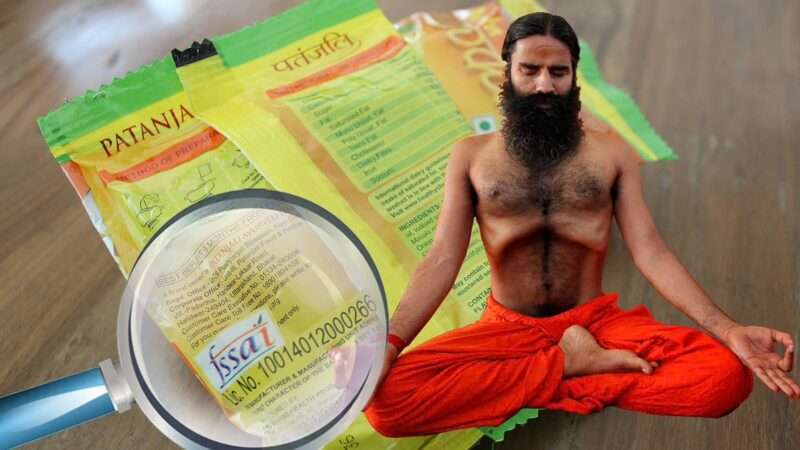
Because M.S.G. and lead were found above the permissible limit in Maggi. Lead was over 1,000 times more than Nestle had claimed, also called ‘SLOW POISON.’ Excessive lead consumption can lead to Poisoning, anaemia, Weakness and Brain damage. So think about how many other products there are that people are not aware of and are consuming regularly, thinking it’s healthy or giving them benefits.
Before this, In 1970, Nestle faced massive protests and cases. The allegations were that Nestle, through its aggressive marketing, used to sell baby milk, due to which many children were reported dead in third-world countries.
According to Unicef, about 11 million infants in developing countries – more than the combined populations of New York and Los Angeles – die each year before reaching their first birthday. Most of them succumb to malnutrition or diarrheal diseases. Although estimates vary widely, Dr. Stephen Joseph, one of the A.I.D. officials who quit last May, blame reliance on infant formulas for about a million of these deaths (Infant formulas here means nutritious products).
Not only Nestle, be it Coca-Cola, any chips brand, or Bournvita, but pick any product that is either high in fat, sugar, or salt. Despite this, their quality is worse in India than in other developed countries.
They have a clear distinction that until or unless they are showing attractive advertisements, Indian people can eat anything.
Who regulates all these measures?
It is FSSAI. When asked about the Bournvita case, their reply was they had noted down the complaint, but what was the action? It’s still unknown.
Recently, the Supreme Court restricted Patanjali from using misleading advertisements claiming Ayurvedic benefits in their products. In the past, many prominent marketers have been issued warnings for their misleading advertisements and claims from the regulators.
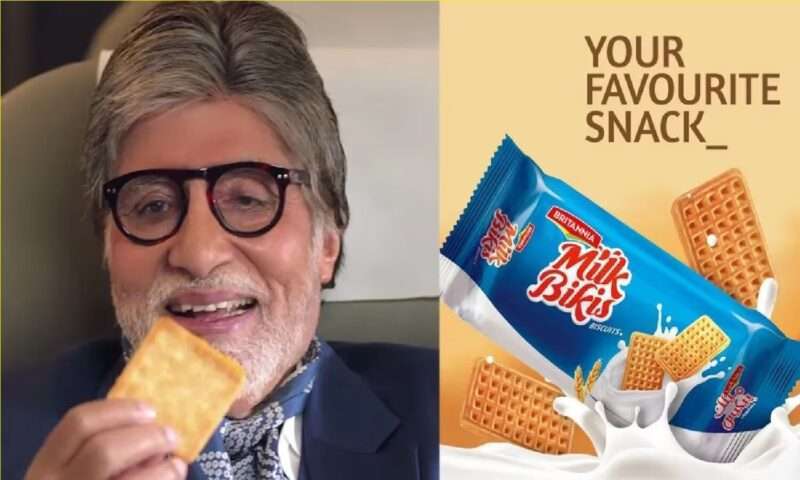
Like recently, ASCI asked Britannia to revoke Amitabh Bachchan’s Milk Bikis advertisement claiming the biscuits have benefits of milk and wheat. When looking into the ingredients, we see they harm children’s consumption.
When these kinds of products are seen by small children and their parents in advertisements promoted by Amitabh Bachchan, they will believe it to be true.
Also, the government has asked all e-commerce websites to remove Bournvita and other related products from the ‘health drink’ category. H.U.L. itself withdrew Horlicks from the ‘health’ label and rebranded it as a ‘functional nutritional Drink’ amid regulatory changes.
In India, very few people read the labels behind the products. The confusion created between many ingredients like Fructose, Trans fat, Saturated Fat, and Unsaturated fat makes it more difficult for the consumer to make a wise choice. Moreover, it is written in english, so the maximum number of consumers make no effort to read the labels. Consumers only read the brand name and the expiration date when making the purchase.
This raises a concern for food label reading and understanding in the consumers. There is a unique and interesting solution for this. In 2022, FSSAI was planning to introduce star ratings for packaged goods. In this, the packaged food is rated according to its nutritional content. Through this method, the consumer will be aware of what they are purchasing and what value it will add to their lifestyle. This type of system is already introduced in Australia and New Zealand.
Possible Solutions for this Problem
When a minor mishap happens between celebrities, everyone notices and starts searching to know more about the news, but when the same celebrities endorse the brands that are giving wrong information to the consumers, which can even lead to significant health risks if consumed, then why are they not questioned about the same?
In 2014, Amitabh Bachchan stopped endorsing Pepsi as a girl said, ‘Why is he advertising a poison?’
Junk Food Must Carry Warning Labels
Clear-cut labelling must be on the products, mentioning what’s healthy and unhealthy. Just like cigarettes have a pictorial health warning, children’s food must also come with apparent age-appropriate warnings like the product is high in sugar and may cause childhood obesity or diabetes. It will be a lot more impactful.
Help your kids in making Healthy Choices.
Cooking can be an essential subject in schools where children must be taught basic nutrition and its causes. It can help them make an informed choice about what they want to eat.
Junk food has been pushed in our for many years. For this government and companies are definitely responsible but it is our responsibility also to look before making any purchase. Read the labels carefully and make an informed decision. Laws and regulations will do their action but awareness of misleading ads between consumers is equally important.


